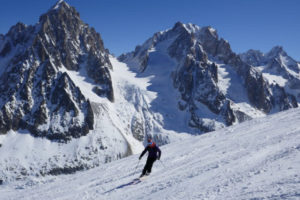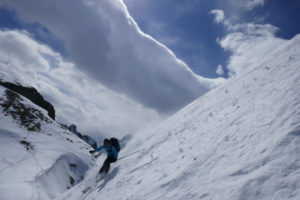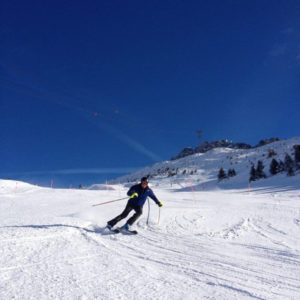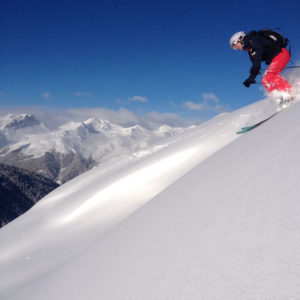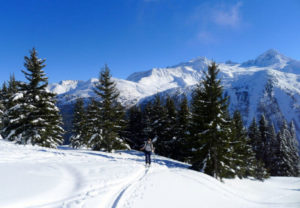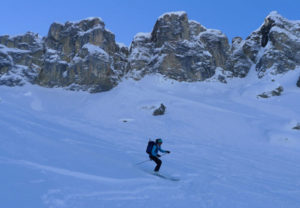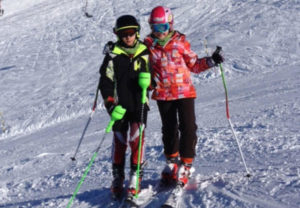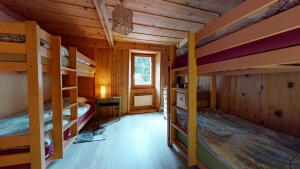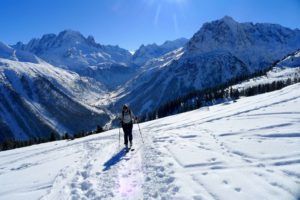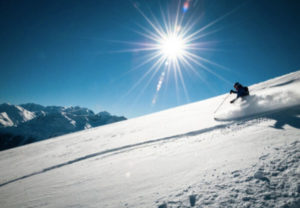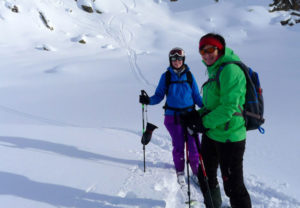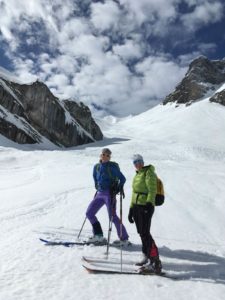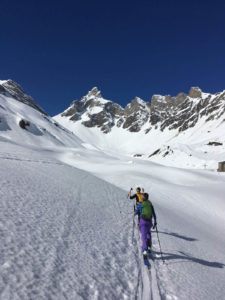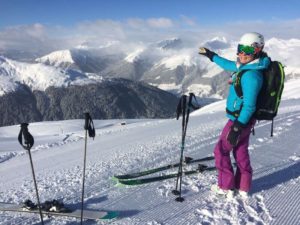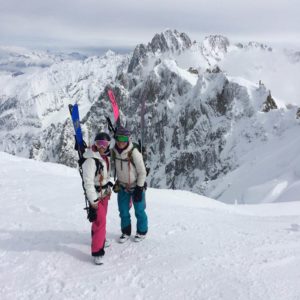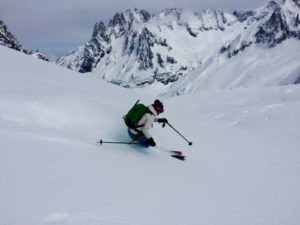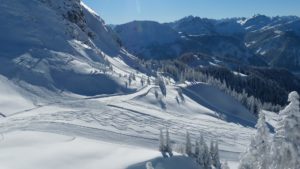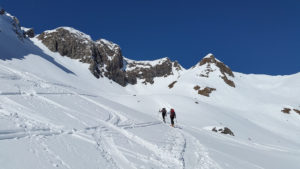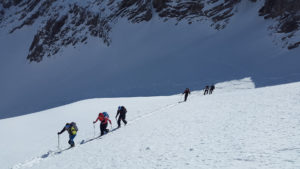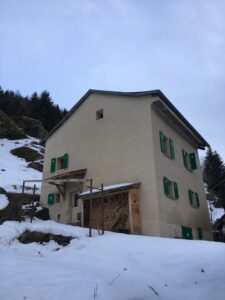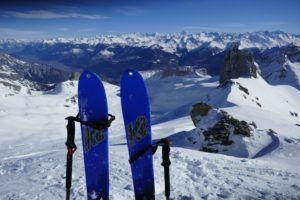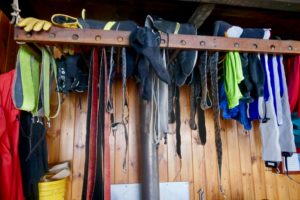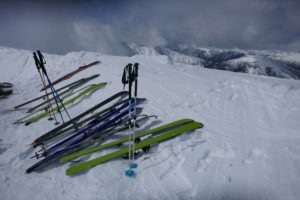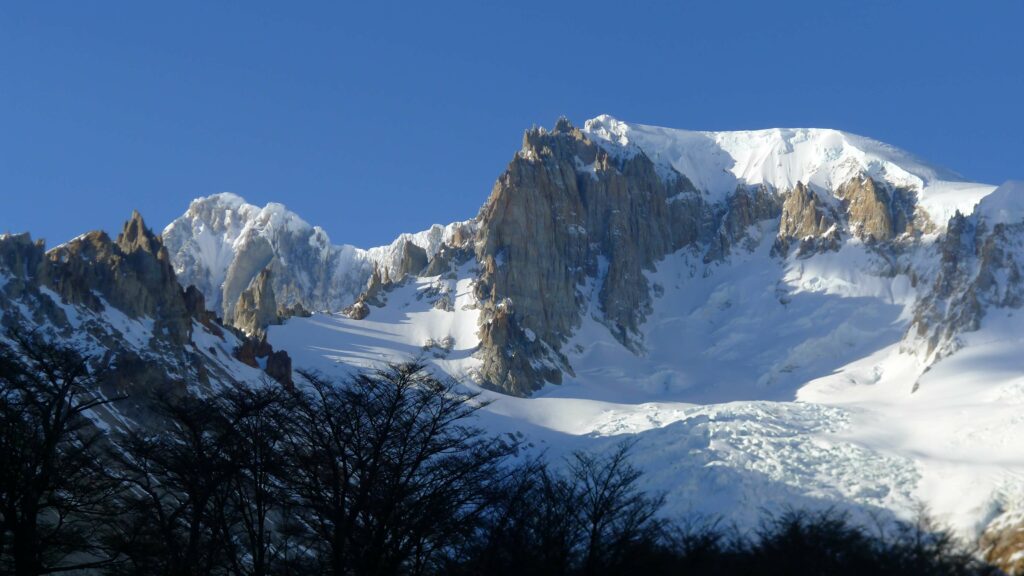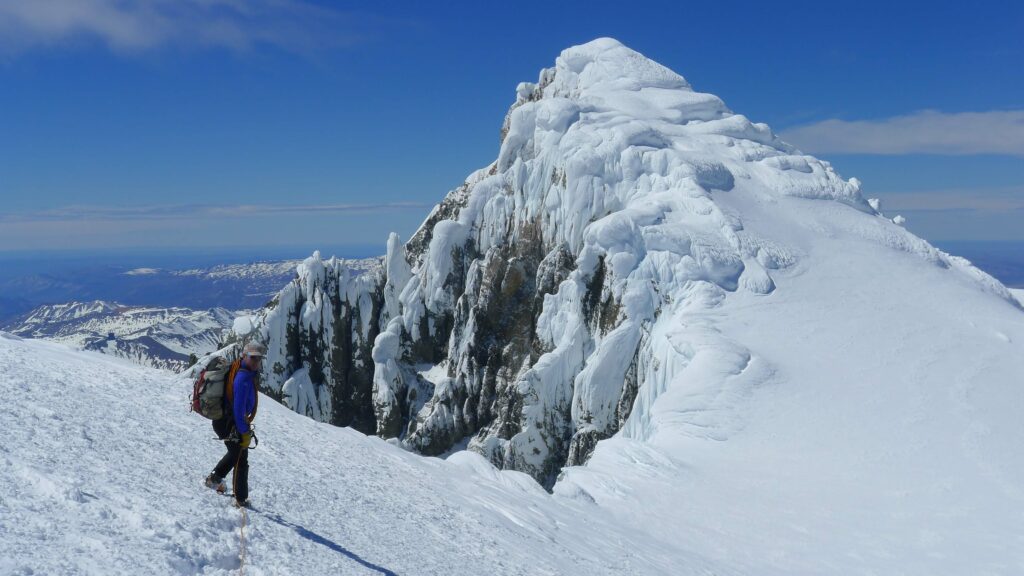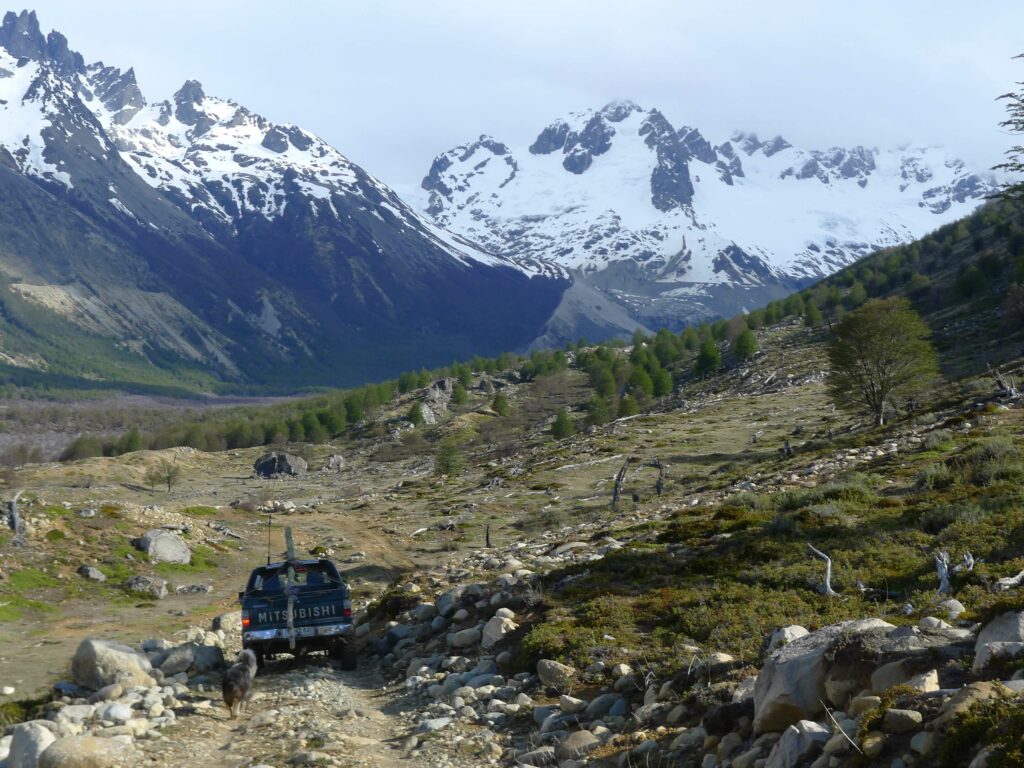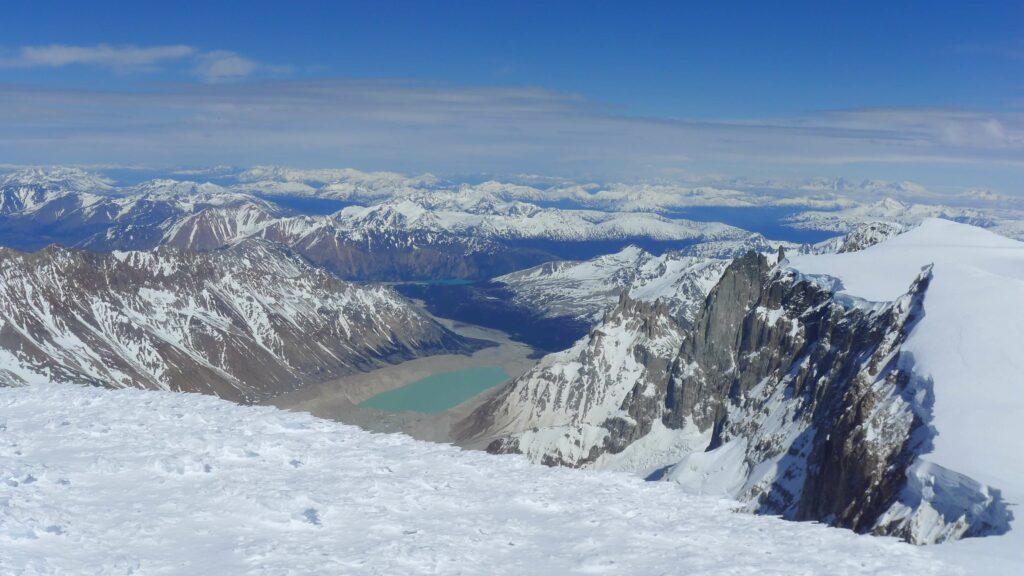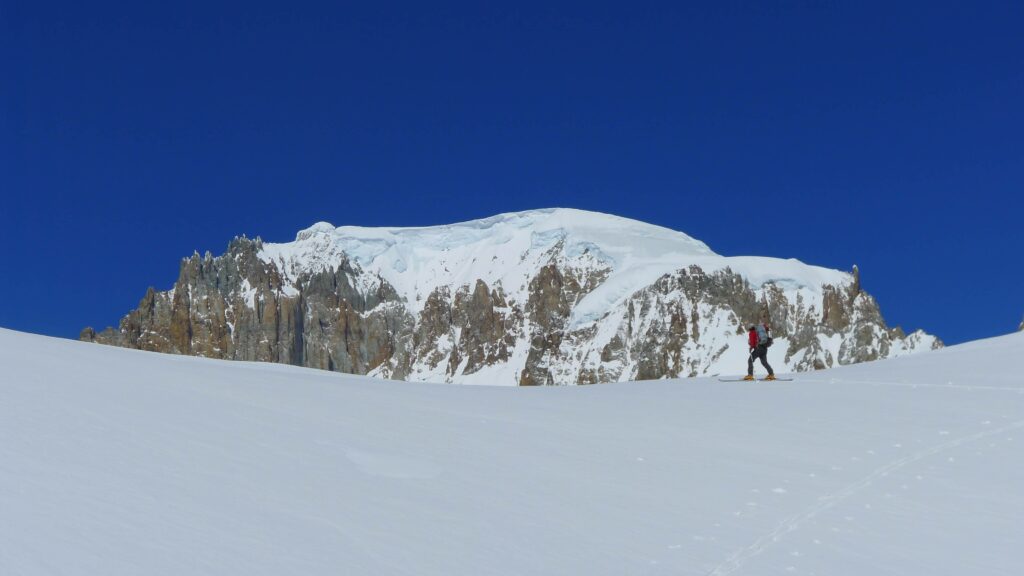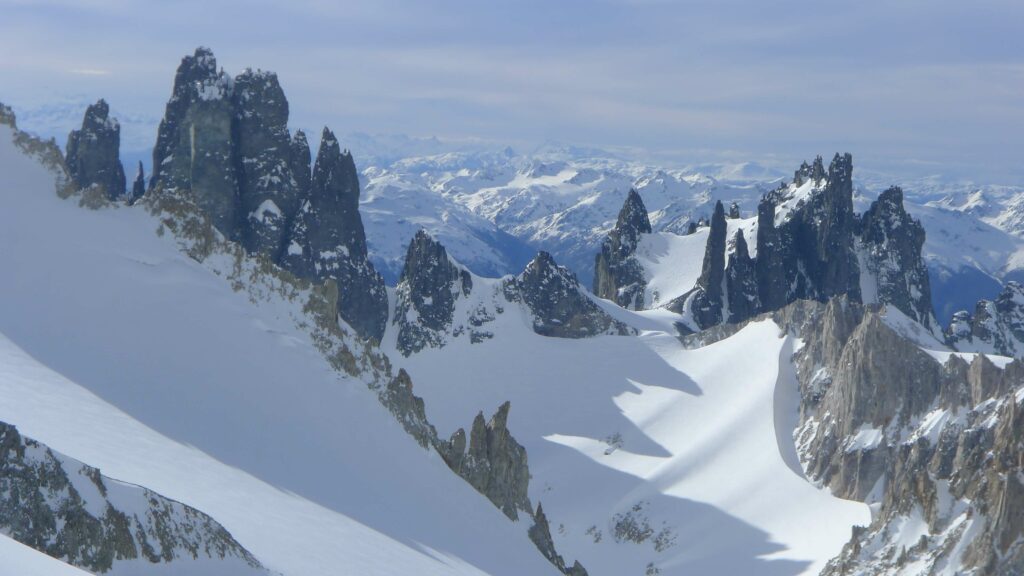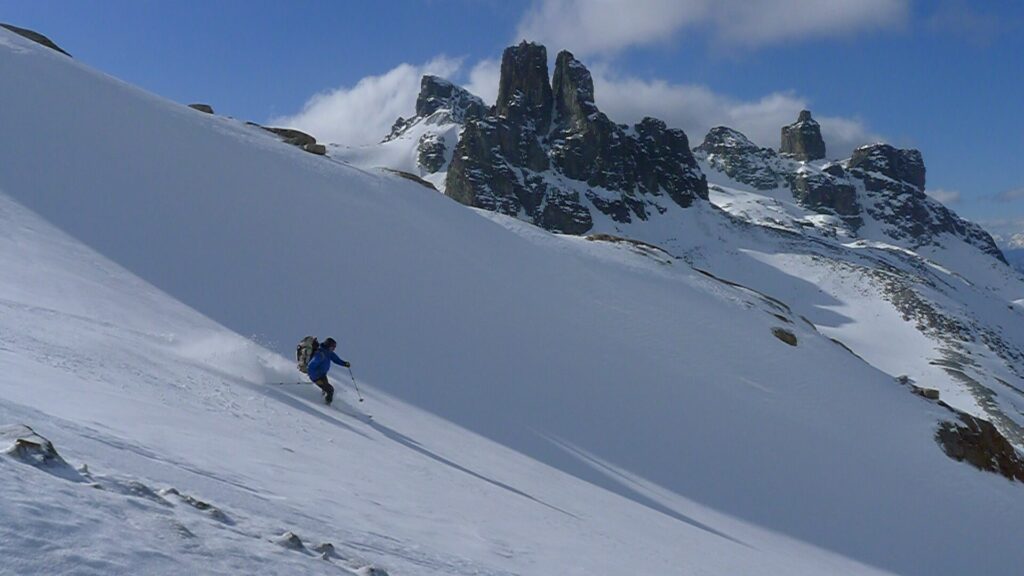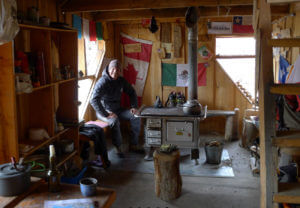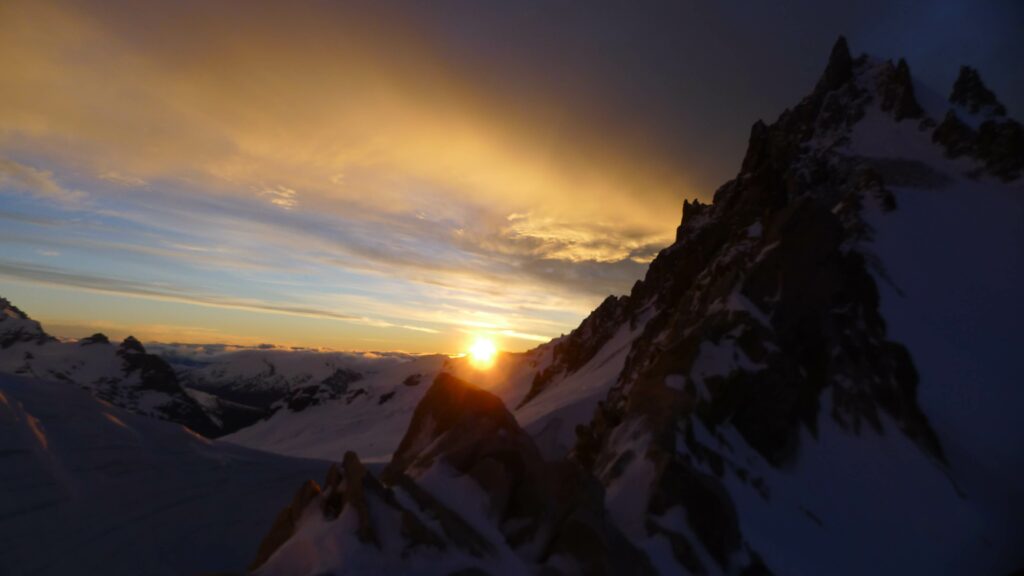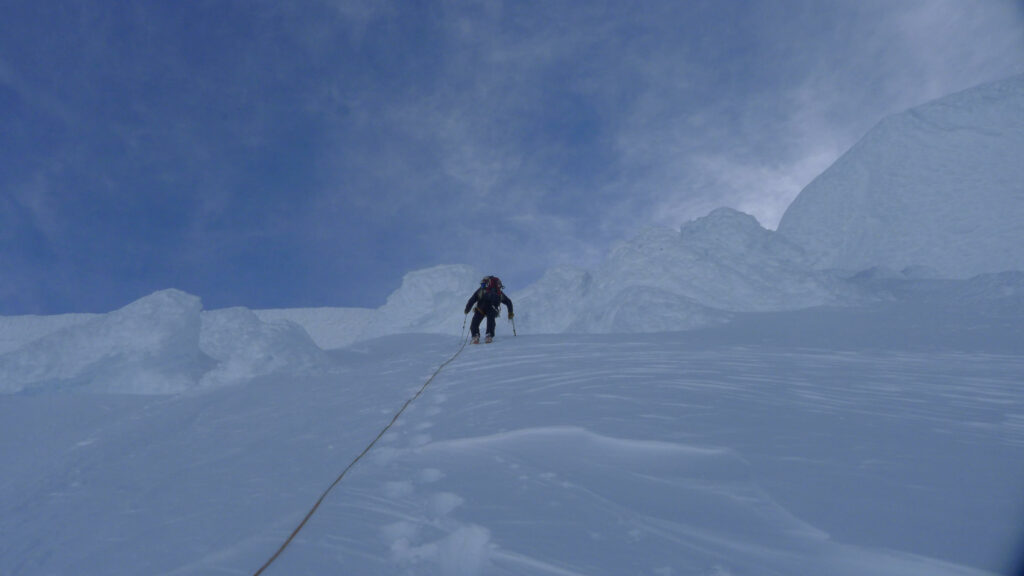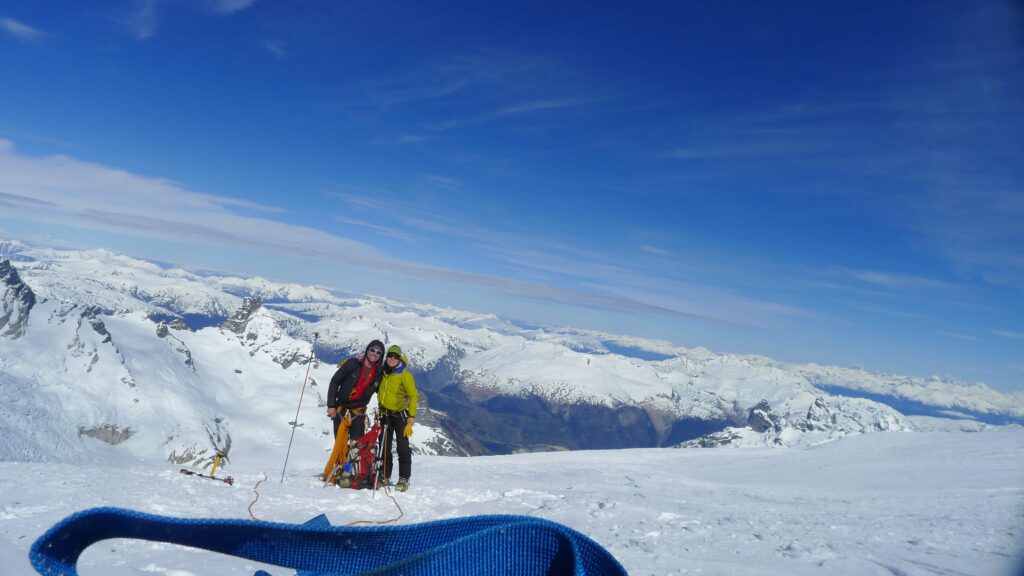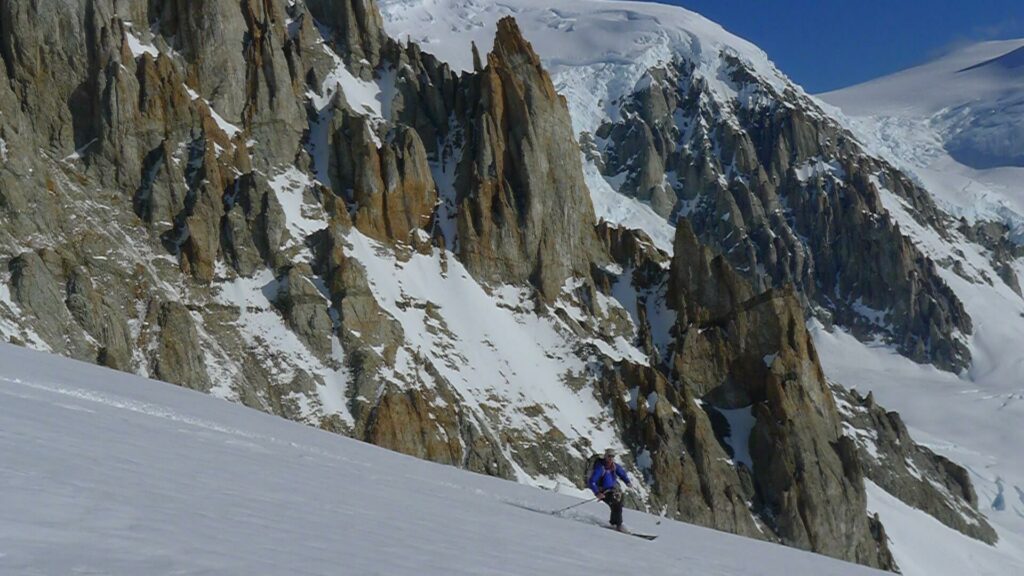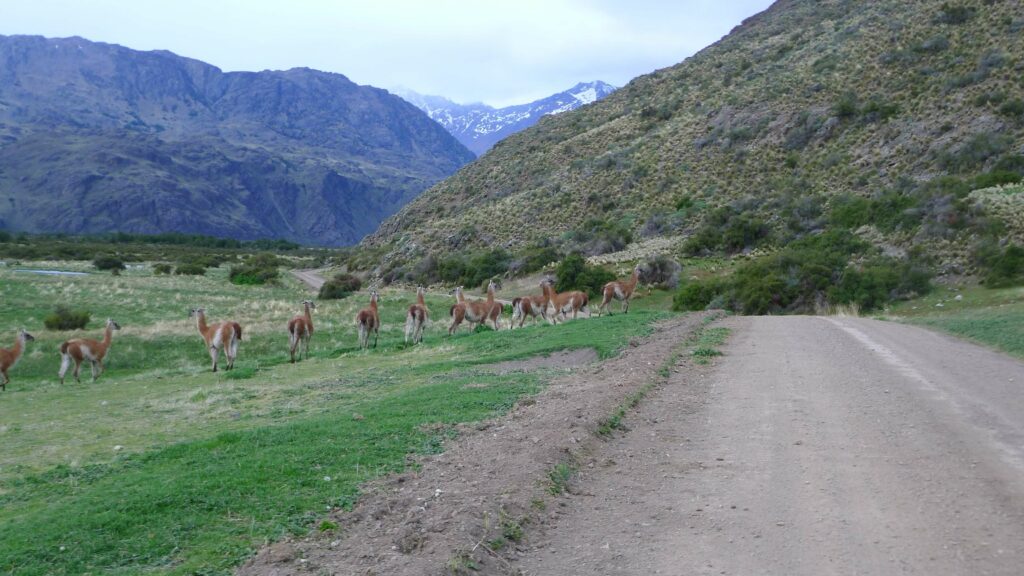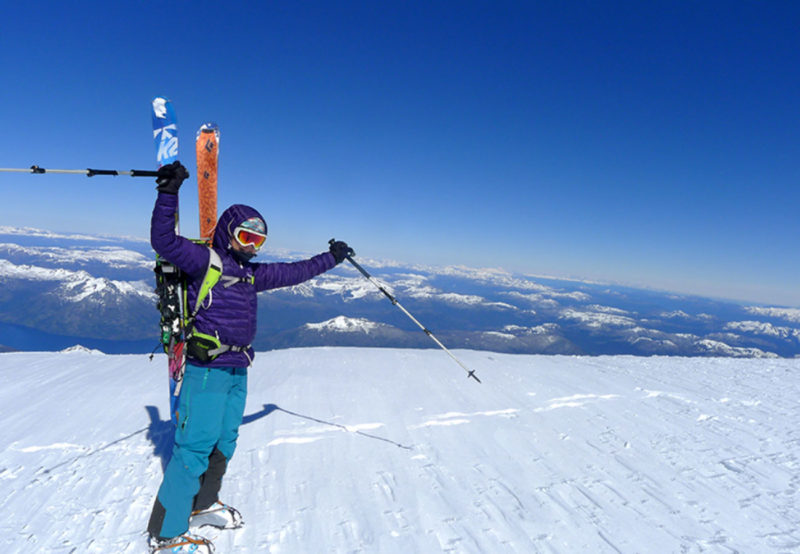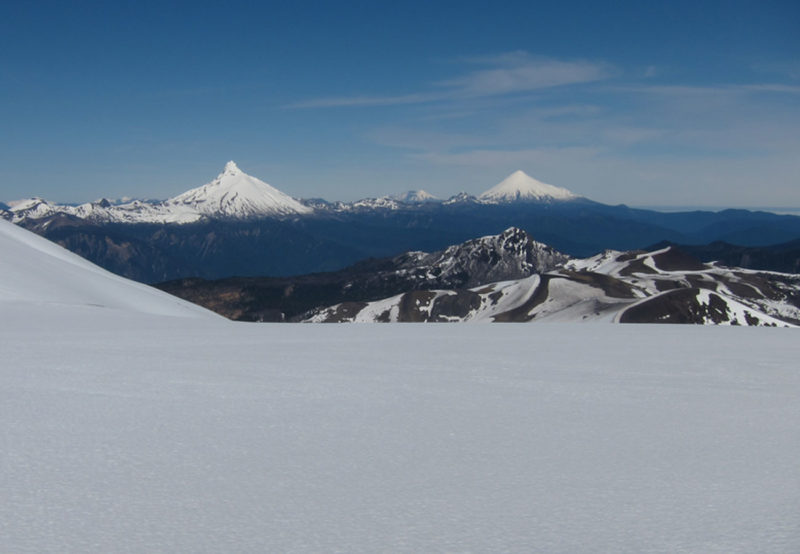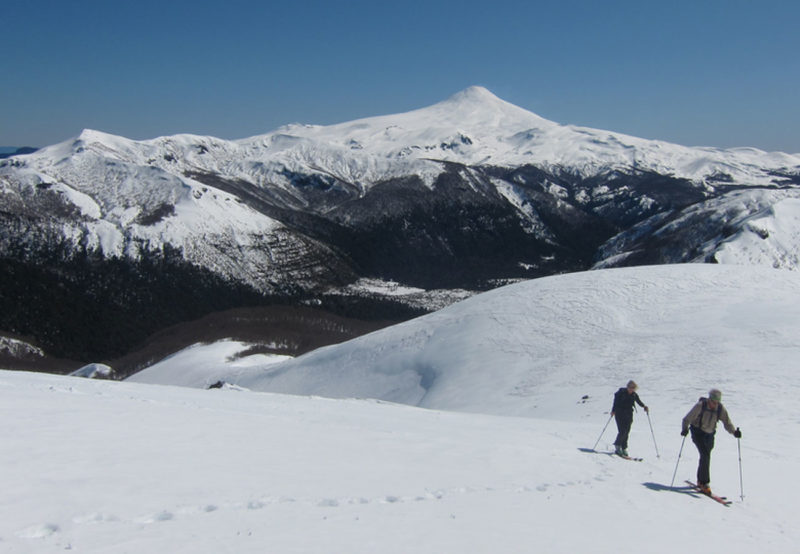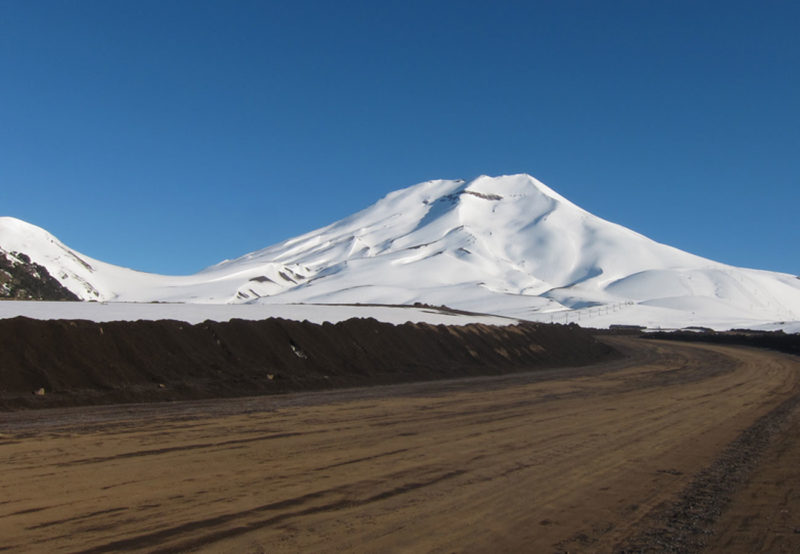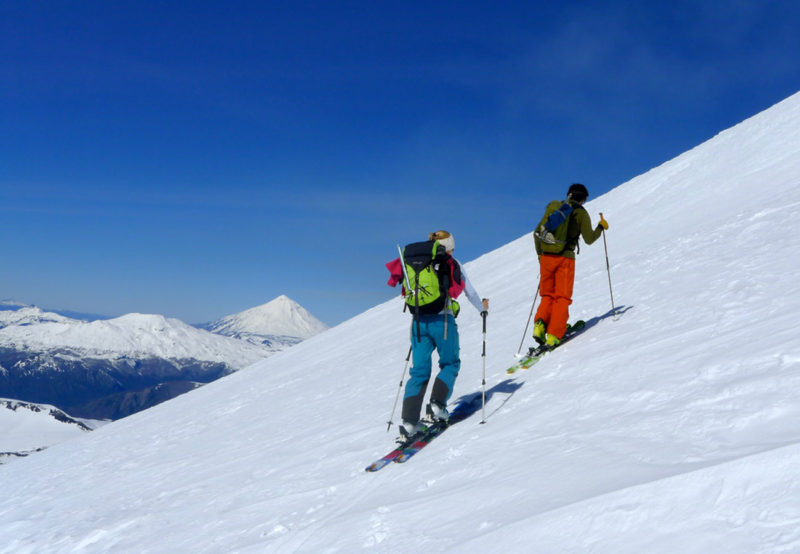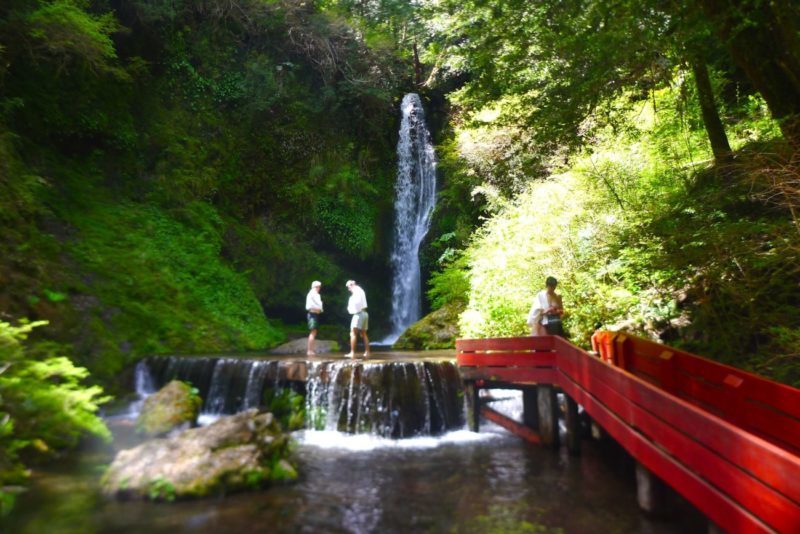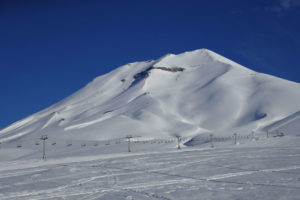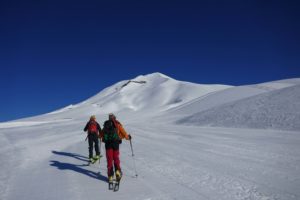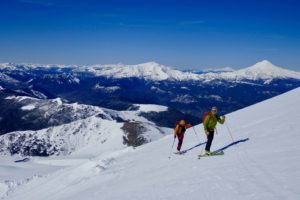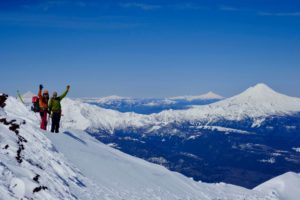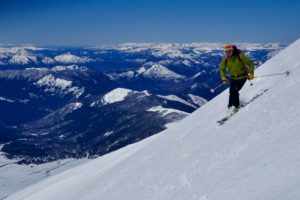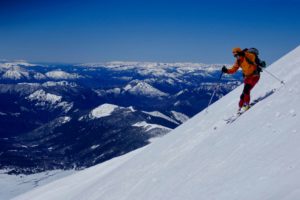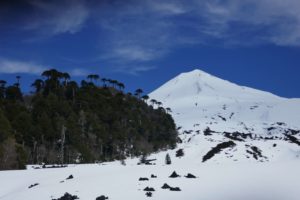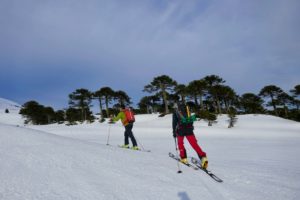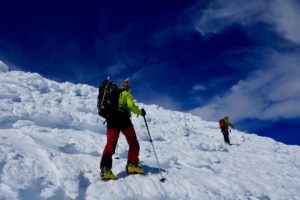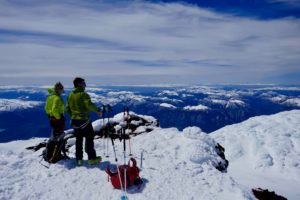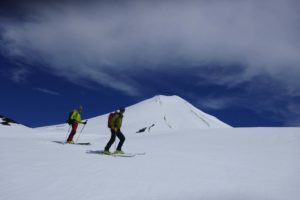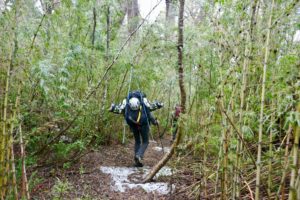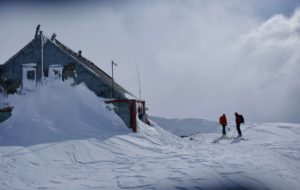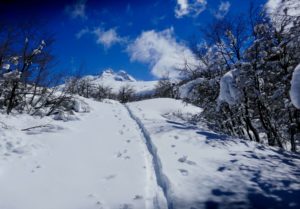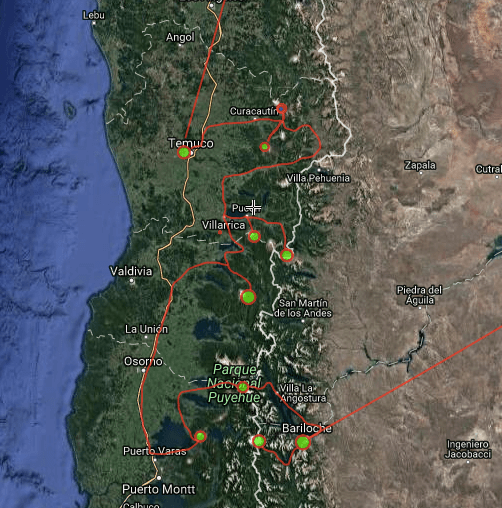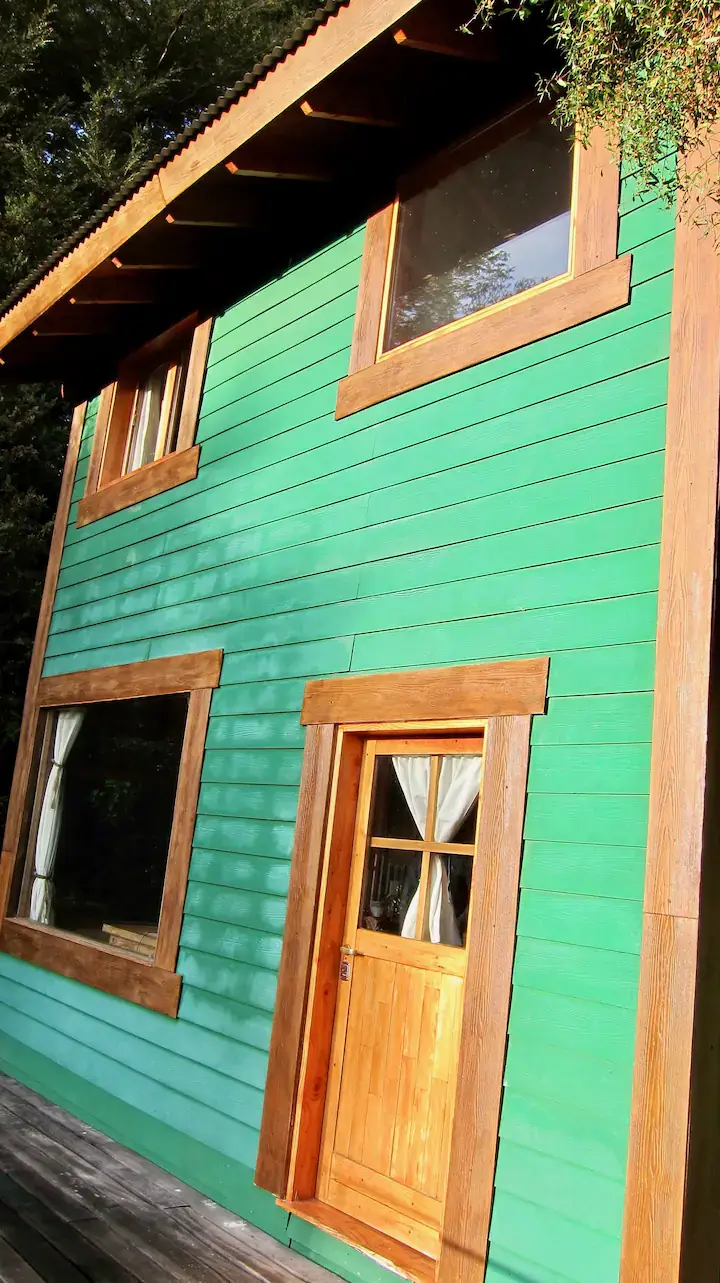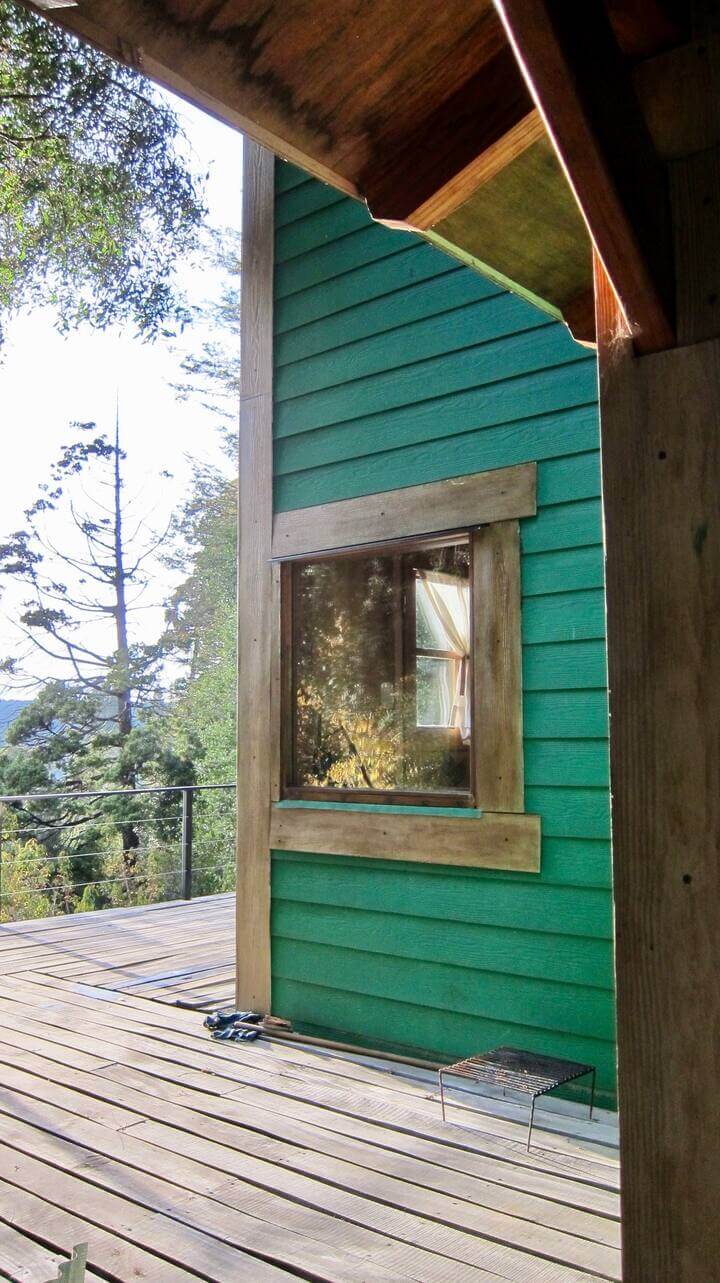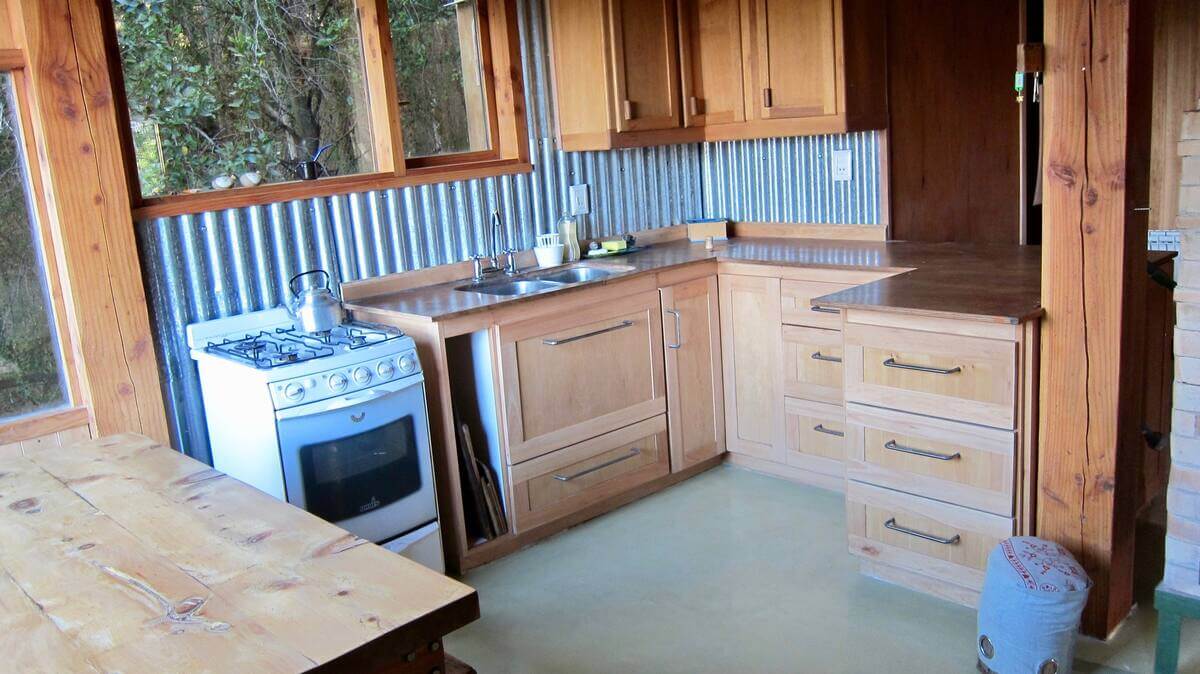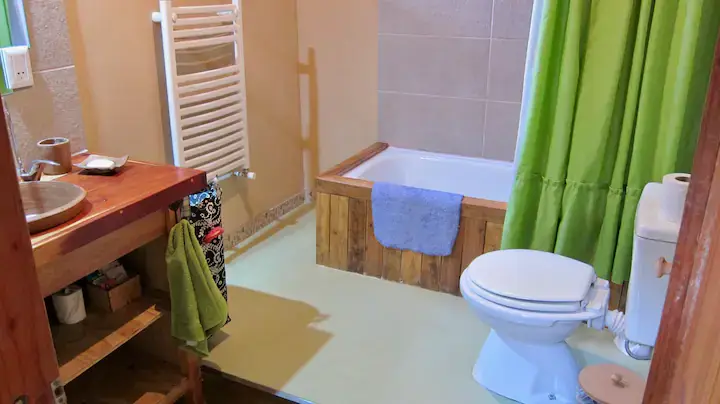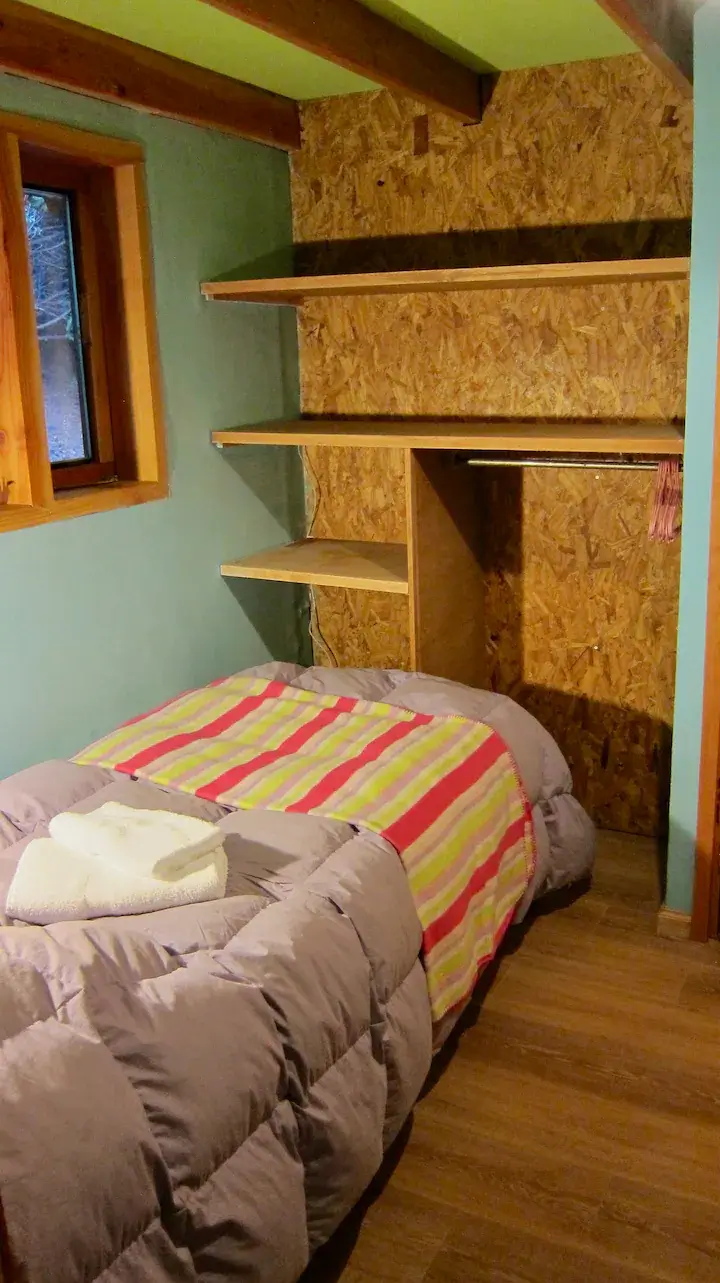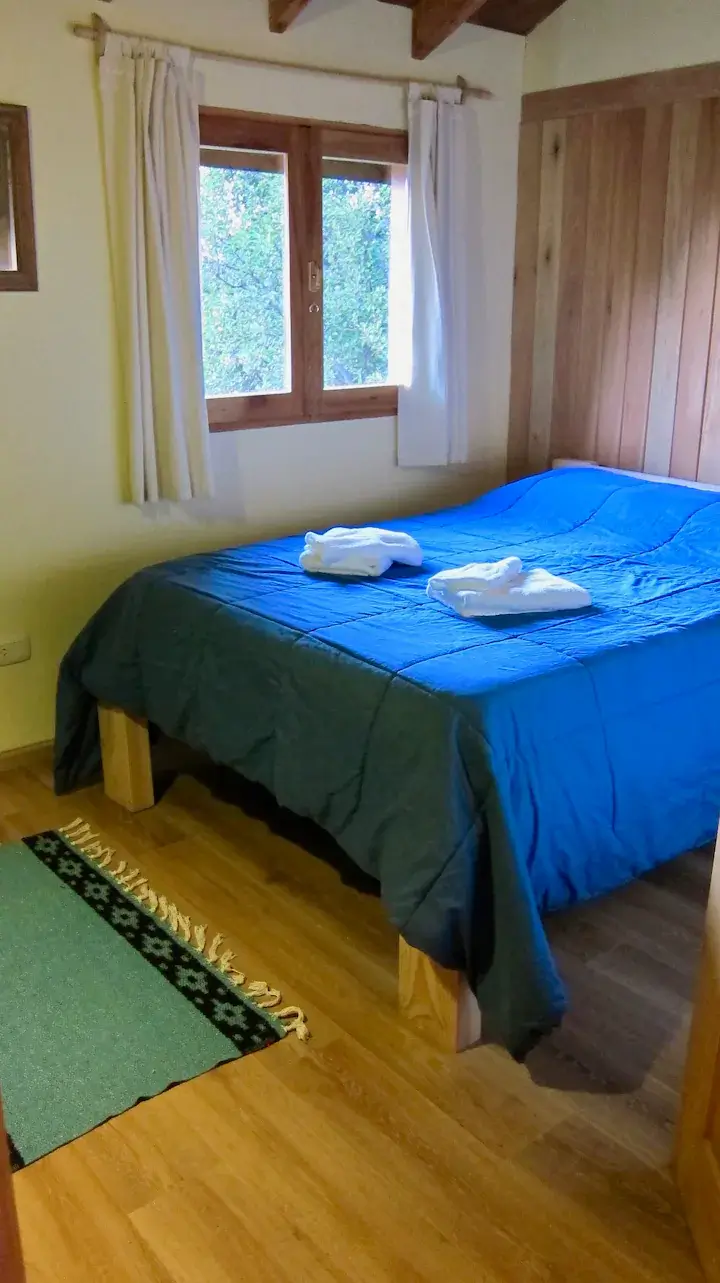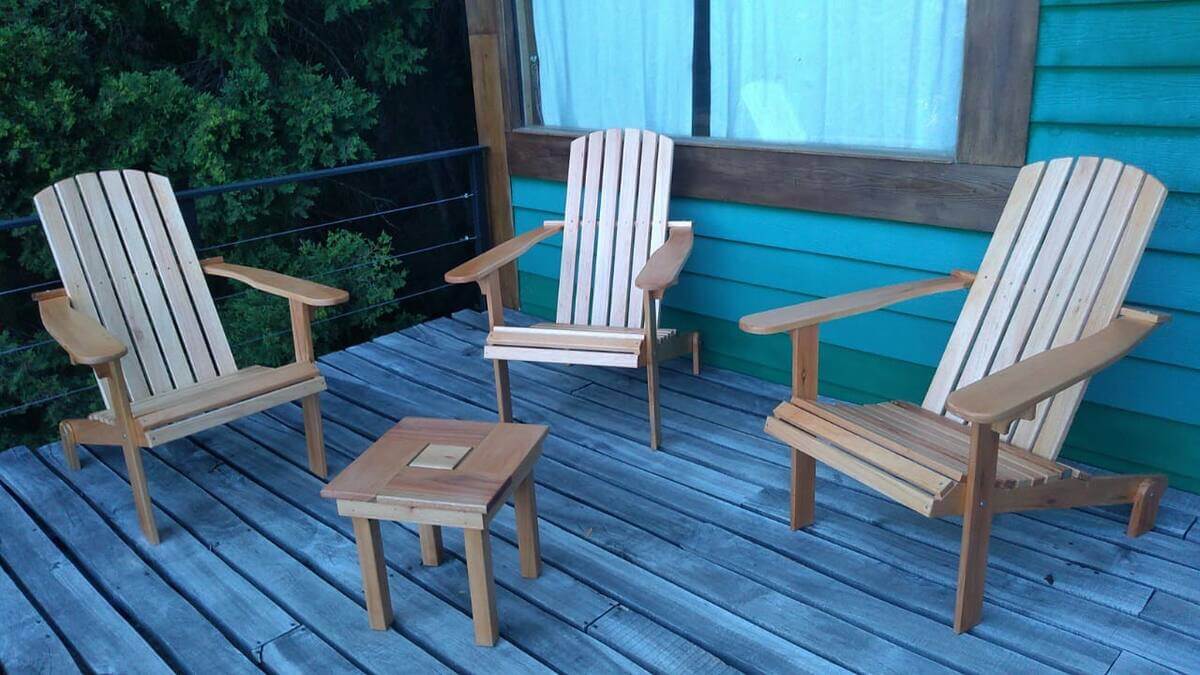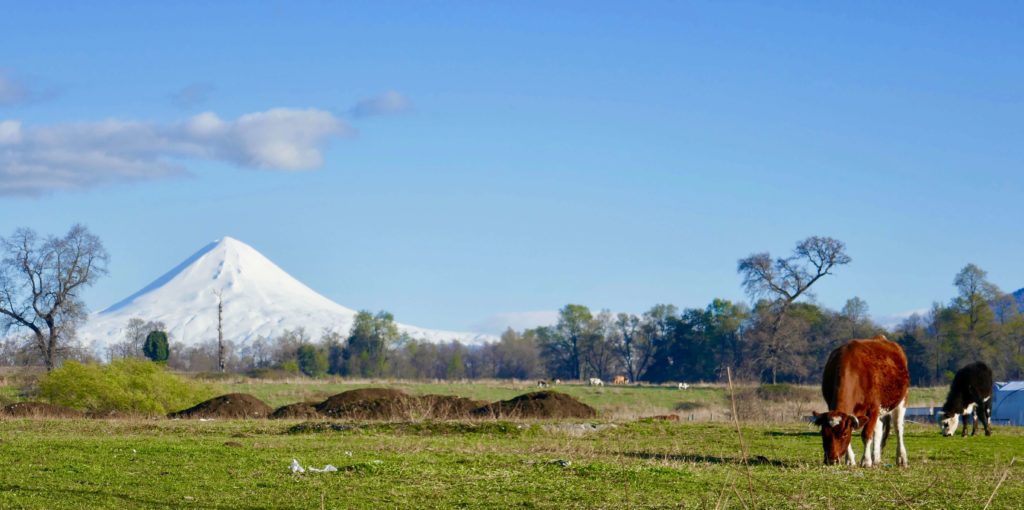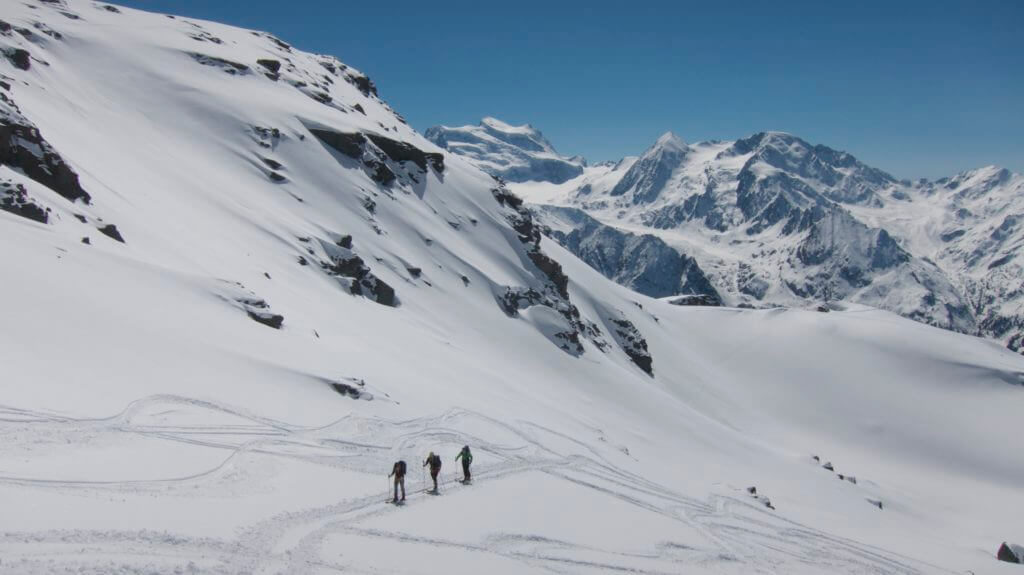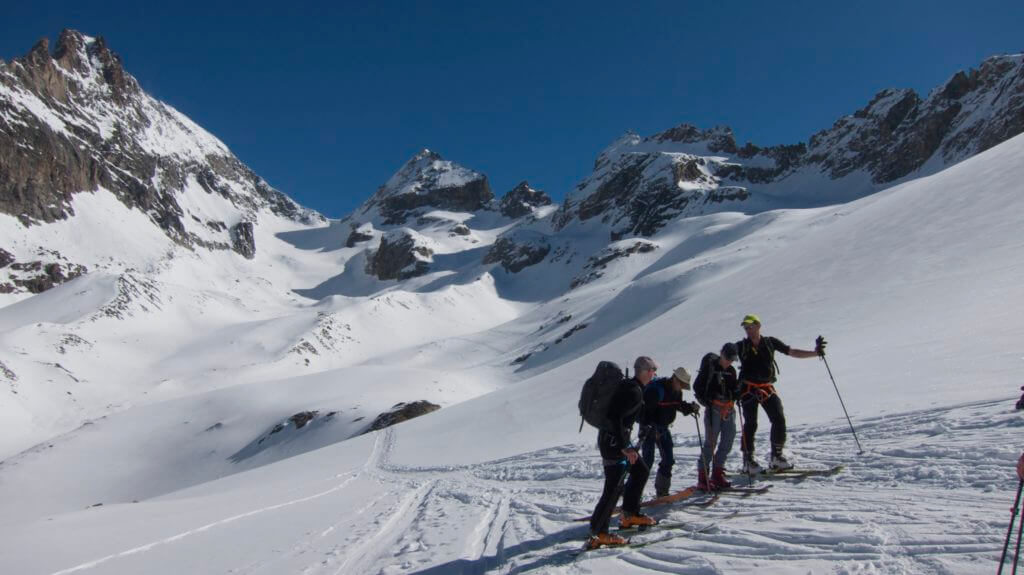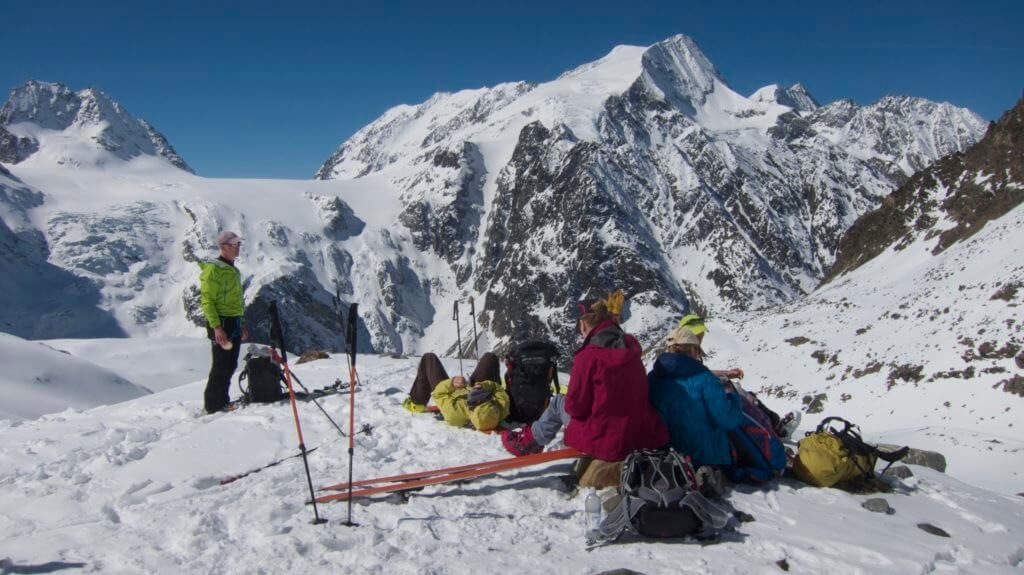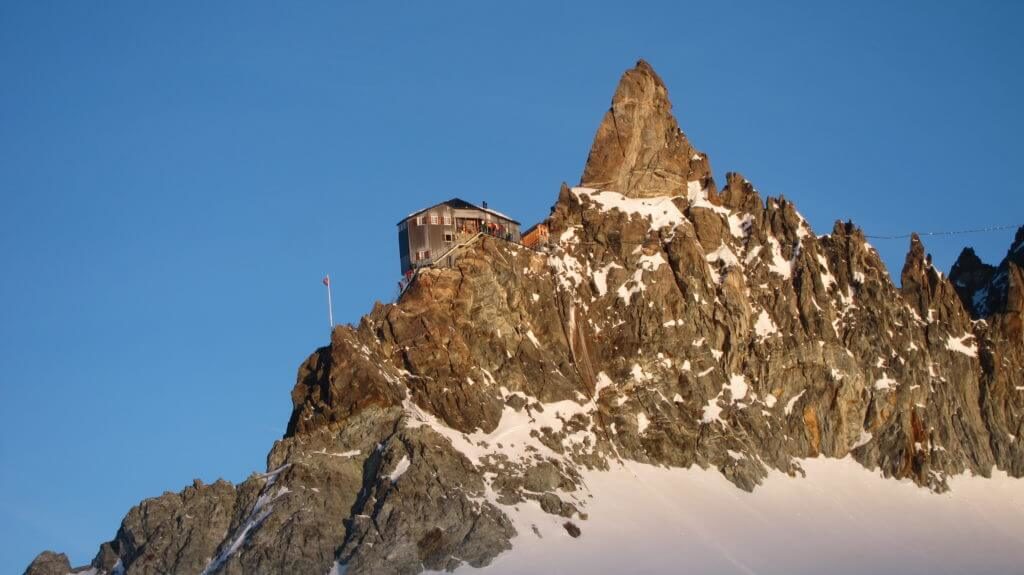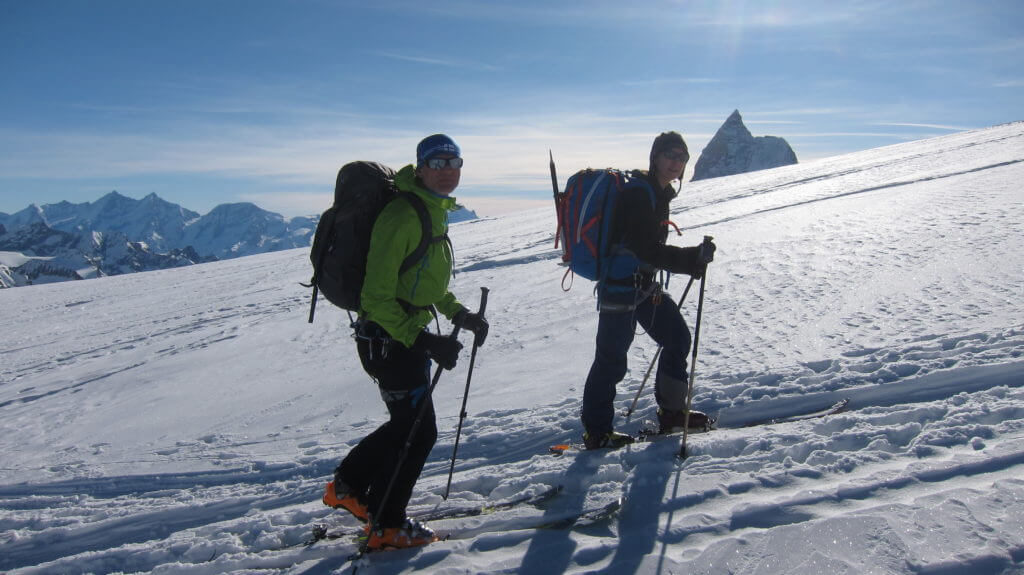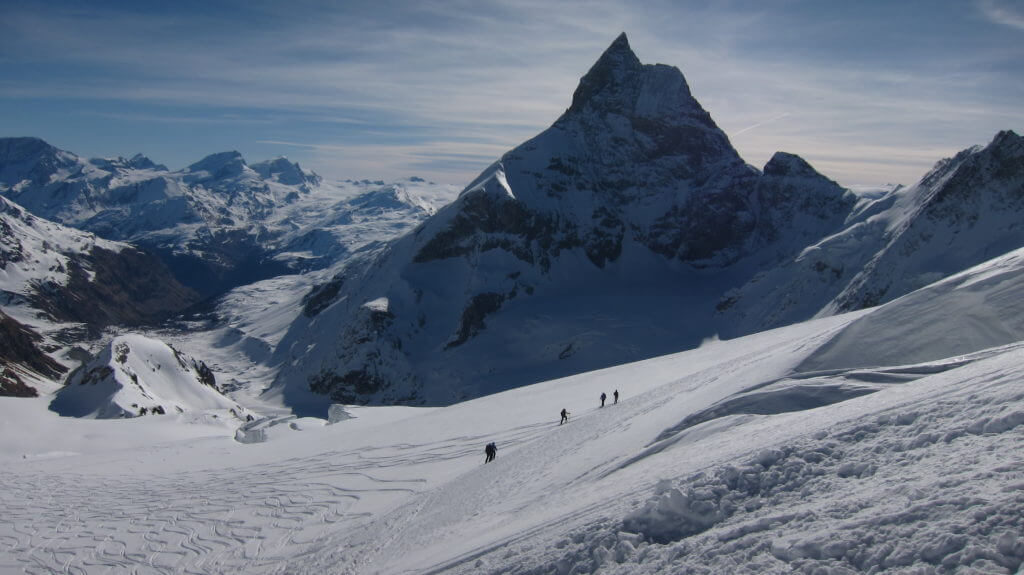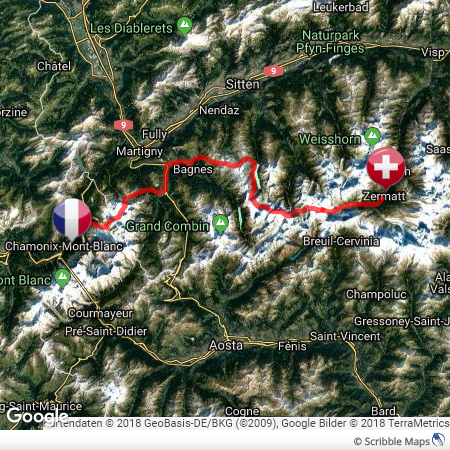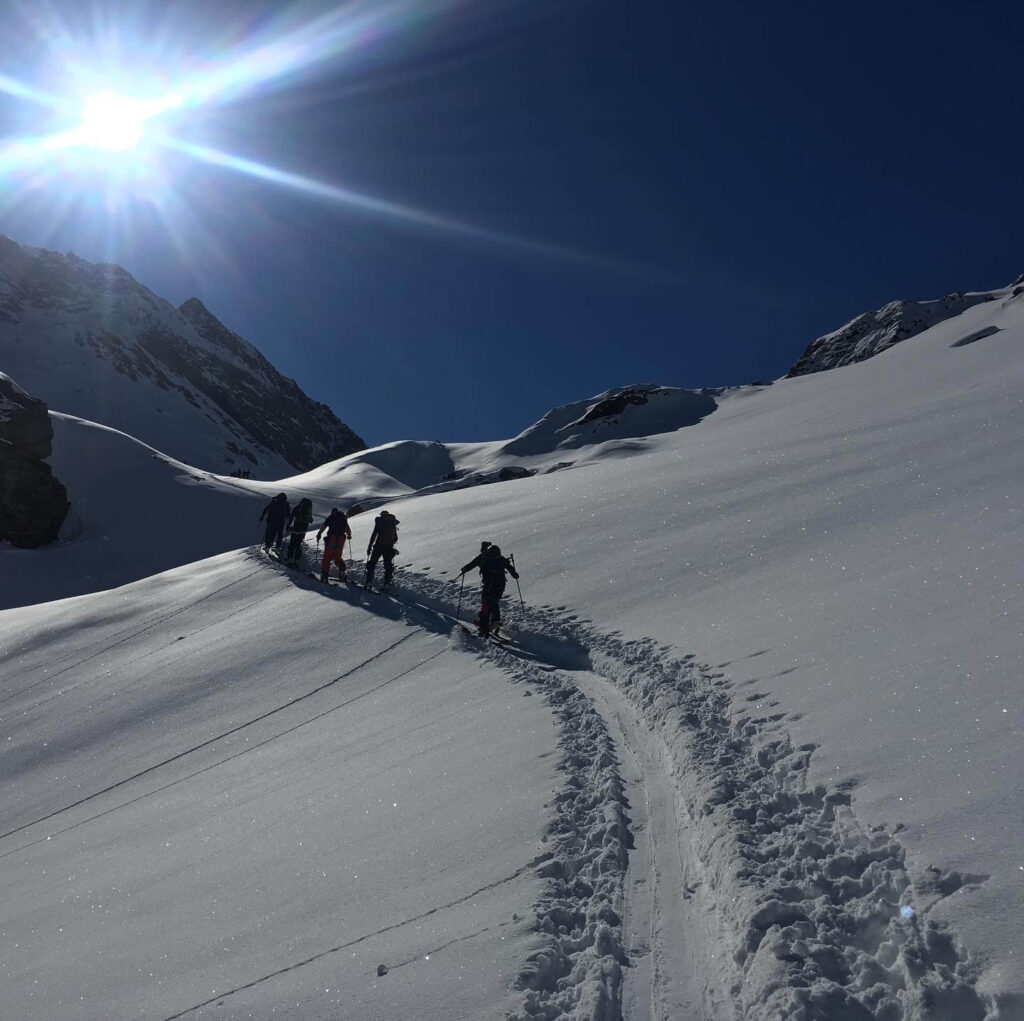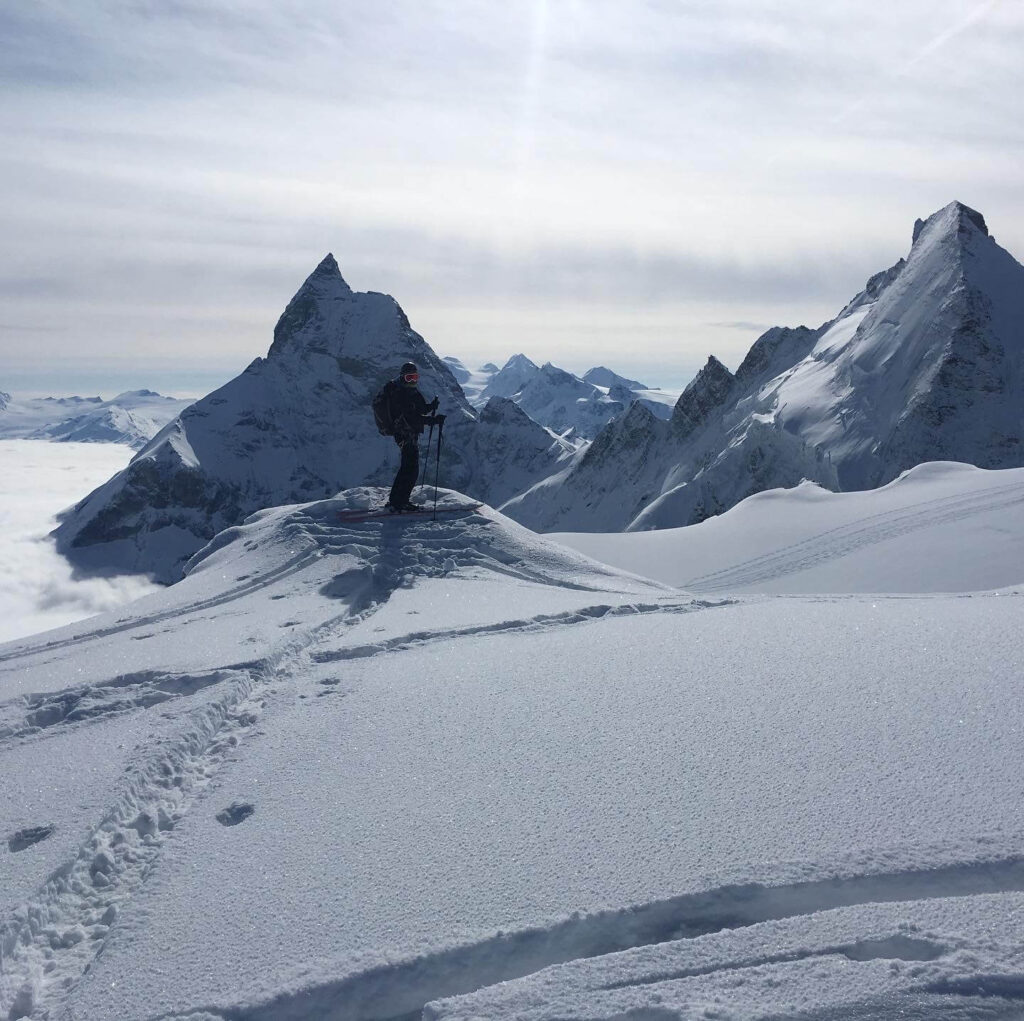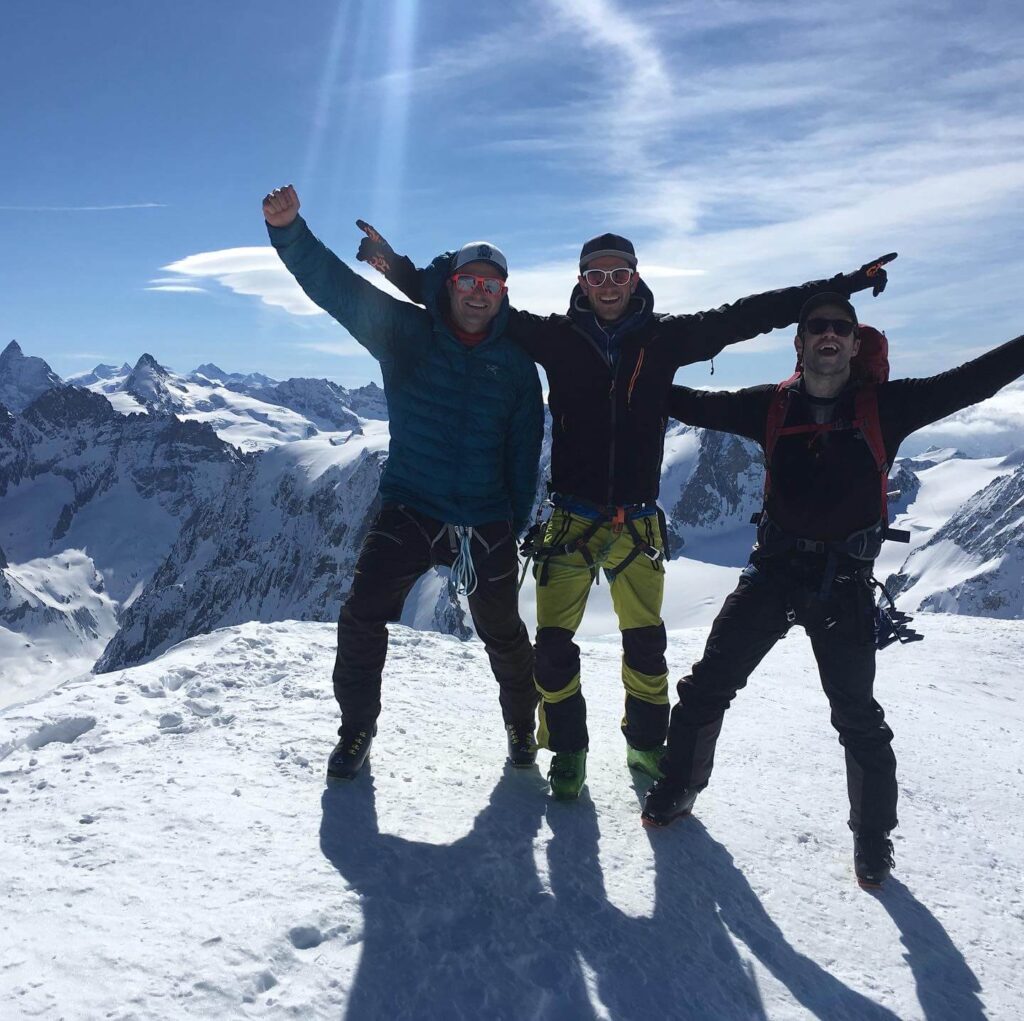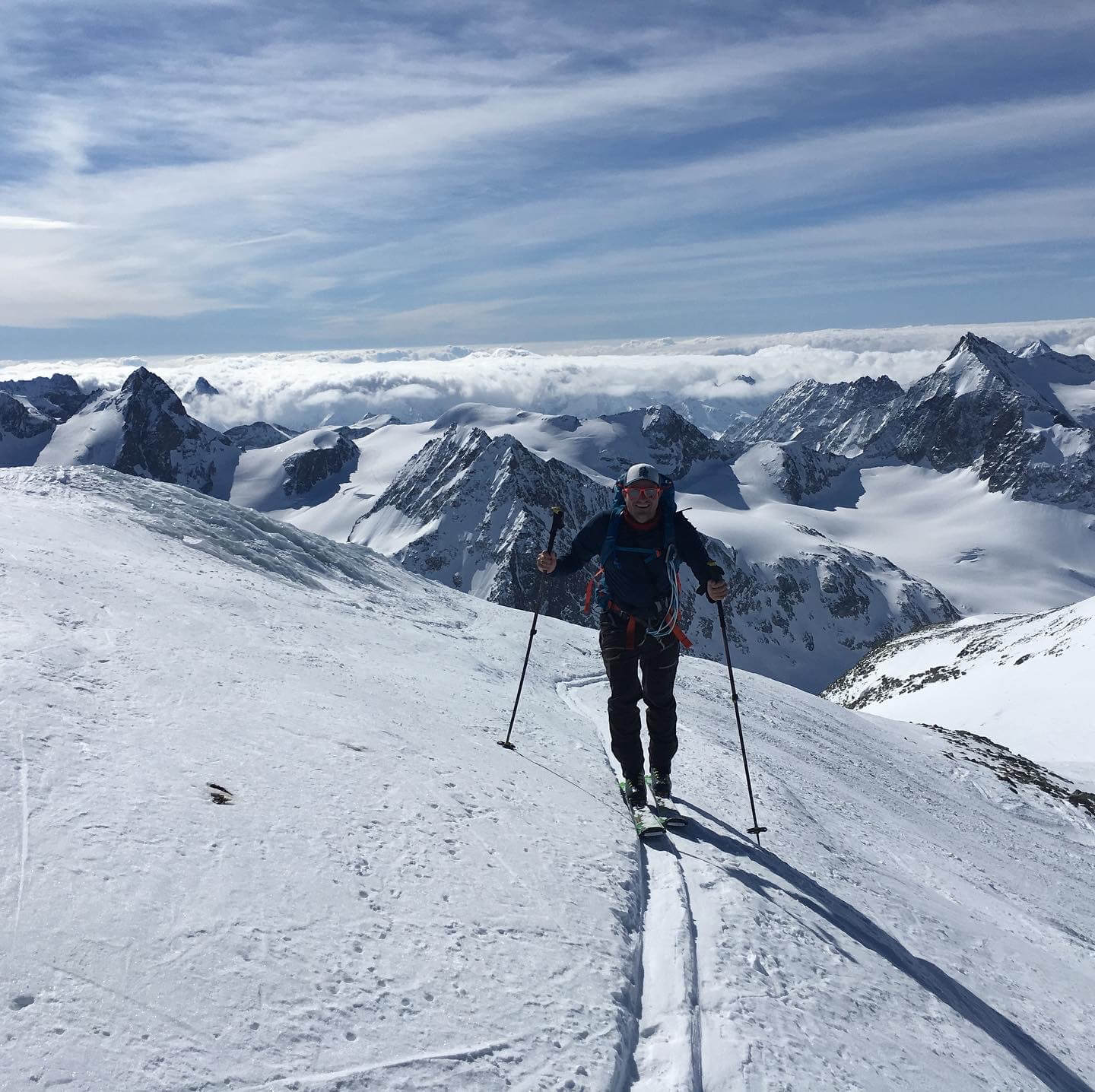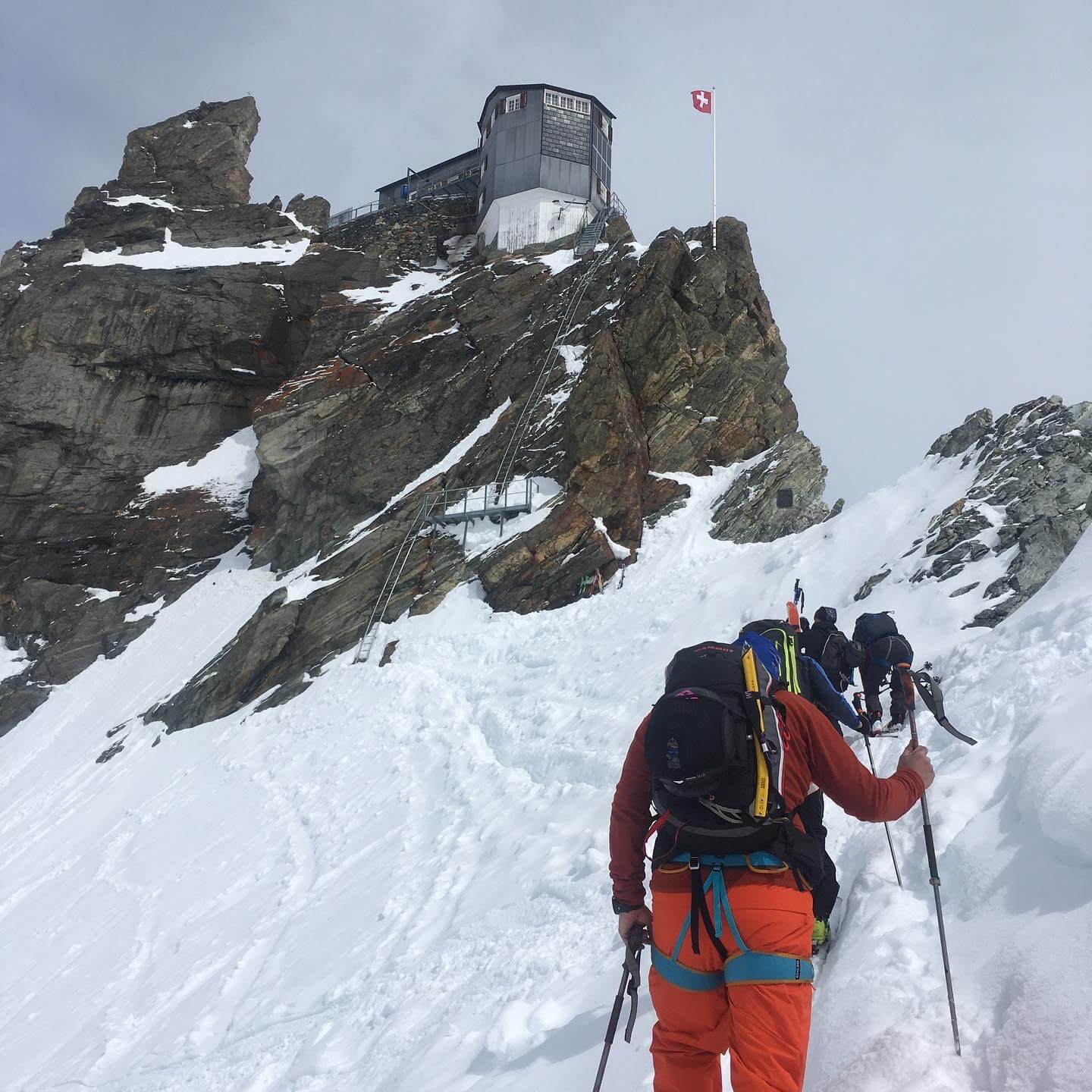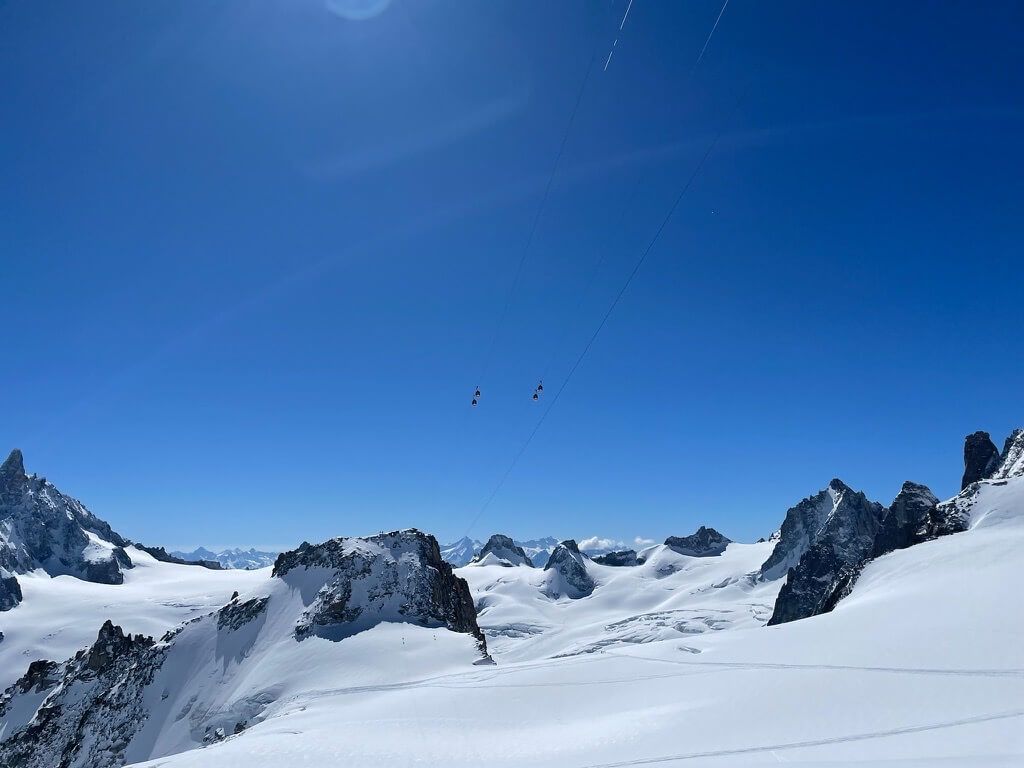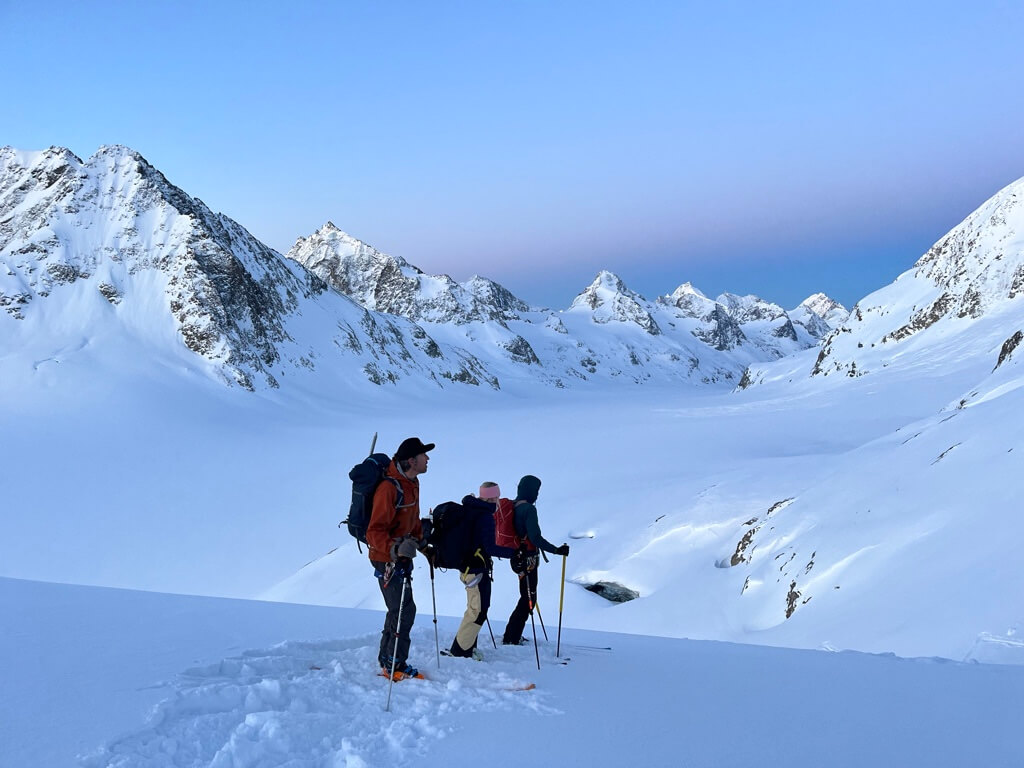December – April
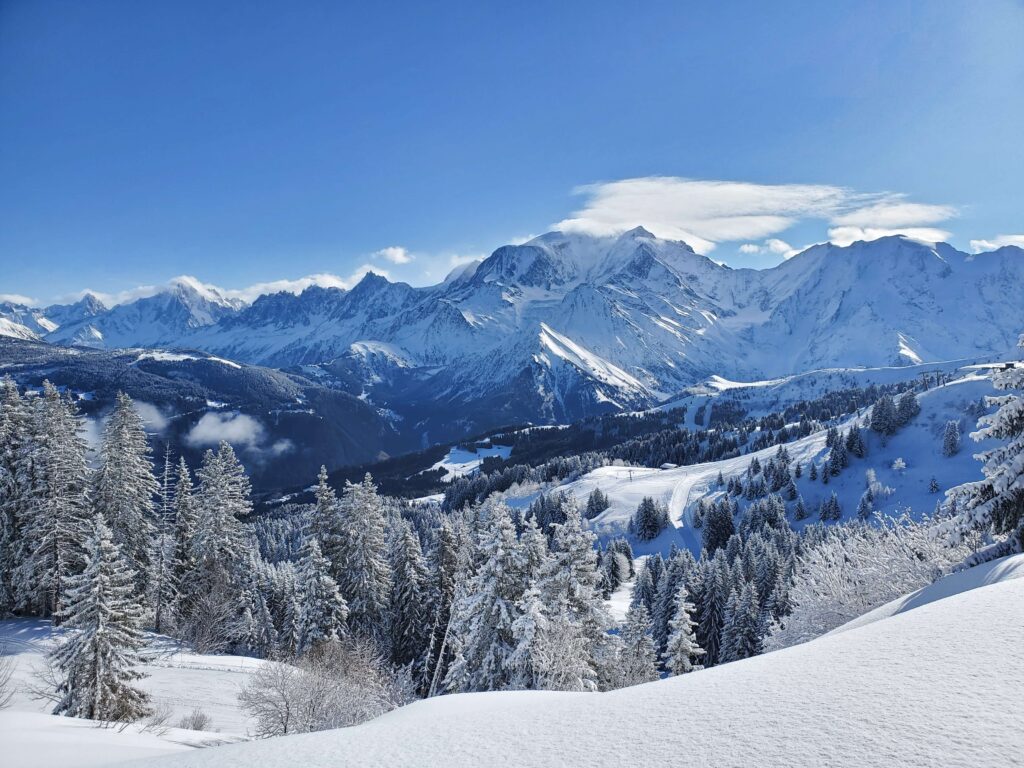
Professional private Ski lessons in Chamonix & Megève ski areas from December until end of April. Learn from the Swiss Ex-world cup ski racer Ella Alpiger and her team.
Chamonix ski lessons
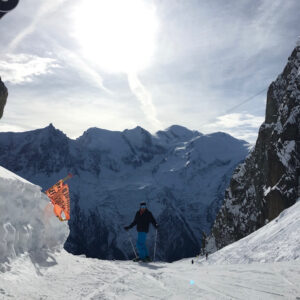
Everything about Chamonix ski resort is big. In the shadow of Mont Blanc, the deep valley has more skiable slopes than seems reasonable. With several ski areas distributed across the huge mountain ranges to north and south, a thriving town in the centre and smaller, charming mountain villages in the valley, there’s something for everyone.
Megève ski lessons
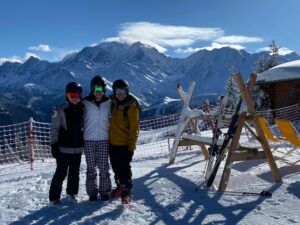
With the Mont Blanc as its backdrop, Megève ski area is in a lovely sunny setting and the village has a beautifully preserved, partly medieval centre. It’s the capital of the mountain way of life, an authentic village in the Savoy Alps that is covered by a carpet of snow every winter.
Teaching for beginners and experts
Many different slopes in all different colors and challenging Offpiste runs are waiting for you to be discovered.
Beginners and Experts are welcome to join the lessons!
We will analyze your skiing on video cameras. Fast technical progress and more enjoyable ski days are the result of that.
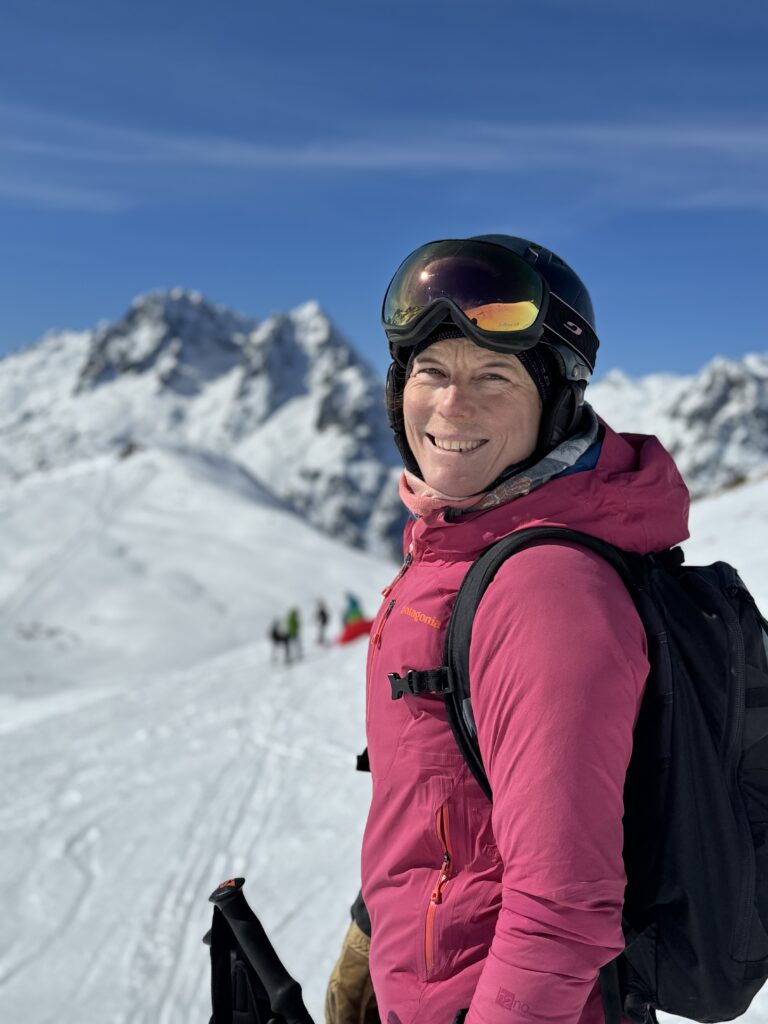
Prices for private ski lessons in Chamonix valley:
Daily Ski and Telemark lessons, Off – piste days and Ski touring intro courses:
Half day (3hrs): 250.00€
- 09:00-12:00 / 13:00 – 16:00
All day (6hrs): 500.00€
- 09:00 – 16:00 (with 1 hour lunch break)
Included in the price: Teaching, Video of your progress, pick up at your Hotel
Ski areas within the Chamonix Valley

The Chamonix Valley offers 4 different, big ski areas. There is a multitude of slopes for all levels, each ski area having its own merit. Sometimes it’s not easy to choose where to go. Let us help you with this decision.
Brévent – Flégère the ski area out of Chamonix town
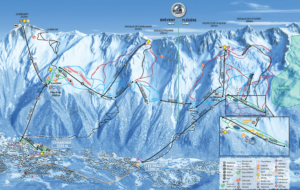
A south-facing ski area for skiers of every level, with superb gullies, on the edge of the nature reserve Aiguilles Rouges. An unrivalled panorama of the ‘roof’ of Europe and its surrounding summits. Access Brévent from the center of Chamonix or Flégère from Chamonix Les Praz (3km from Chamonix). At the bottom of the Brévent ski area there is a beginners area: the Savoy which can be accessed on foot from the resort center.
Grand Montets out of Argentière
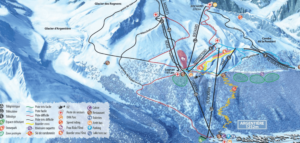
The north facing ski area for expert skiers. Grand Montets ski area offers long, steep runs and a great off piste ski bowl. It’s the spot after a snow storm and for skiers that like moguls.
Balme – Vallorcine out of Le Tour or Vallorcine
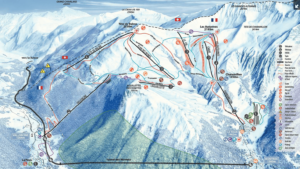
The perfect family ski where to enjoy wide open gentle slopes overlooking the entire Chamonix Valley. There is some fantastic tree-skiing and tree-lined pistes on the Vallorcine ski bordering with Switzerland. In Le Tour at the bottom of the ski area there is La Vormaine, a very good beginner area.
Les Houches

Great for families and intermediate skiers. The ski area of Les Houches / Saint Gervais extends from an altitude of 950m to 1900m. From the summit one has a spectacular 360° view of the Mont-Blanc massive. And with 55 km of slopes meandering through the forests, you will discover the real pleasures of skiing. With the Kandahar slope Les Houches also offers a black slope where Men’s World Cup races are hold.
Unlimited skiing in and around Chamonix
With the Chamonix Unlimited Skipass (more than 3 days) we can also enjoy skiing in Courmayeur (ITA) 15 Min., Verbier (CH) 40 Min. and Evasion Mont Blanc (Megève, St.Gervais, Les Contamines) (FR) 20 Min. by car from Chamonix.
Why not try Ski touring?
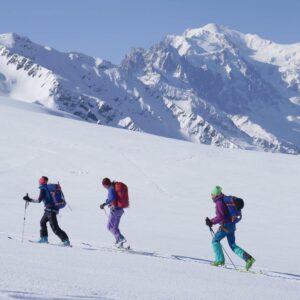
Chamonix also offers great ski touring options not only for Experts.
Let us introduce you to our favourite sport with a Ski touring Intro. Learn all about safety, snow and technique. Bring your skiing and skinning to the next level!
Sign in for our Off piste, powder courses
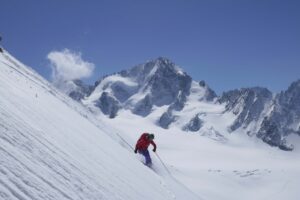
Explore the snow on the other side of the groomed run! If you have mastered the pistes and want to learn how to ski all trains off piste, come and sign up for our Off piste courses. We will teach you on all different slopes and terrains. Let’s train to get you fit to take a ski trip down the Valle Blanche!
Equipment
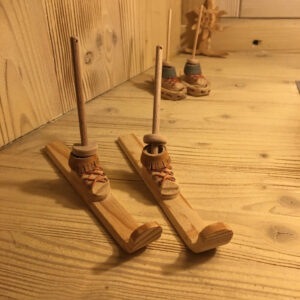
We proudly ski with K2 Skis, they offer a great range of skis and boots for all different kind of availabilities and snow conditions. Not sure which material to buy or rent? We are happy to recommend the perfect ski for you.
There are plenty of shops in Chamonix that rent high quality skiing equipment.
Accommodation for ski lessons in Chamonix
Do you want to sleep in down town Chamonix or rather a bit outside in the quite or maybe ski in and ski out? Chamonix has it all, let us find the perfect place for you!
Chamonix skiing, what it’s all about
A must by all ski enthusiasts! The Chamonix Valley is consistently rated as one of the top ten ski areas in the world. The legendary skiing caters for every taste and ability. 90% of the ski area is above 2000m with an excellent snow record and a long season from December to May. It is the home of the legendary 23 kilometre Vallee Blanche and the Kandahar World Cup downhill runs. The lift pass which, covers 750km of groomed skiing includes the elegant resort of Courmayeur in Italy, Verbier in Switzerland, and Evasion Mont Blanc ski area. The Chamonix Valley is approximately 20 kilometres long with the Aiguilles Rouges mountain range on the north side, and the Mont-Blanc mountain range on the south side.
The town
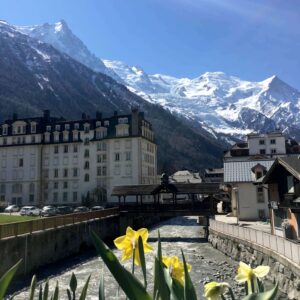
Chamonix is an ancient mountain town with a stylish atmosphere and a blend of French charm, varied skiing and modern facilities that few other alpine resorts can match. Our guests return time after time and always discover something new.
The town of Chamonix with its pedestrianised cobbled streets and squares, beautiful buildings has an excellent choice of quality shops, cafes, bars, restaurants, and a Saturday market that should not be missed. Chamonix has an attractive, bustling old town centre. The smaller, quieter ski villages of Argentiere, Les Houches and Vallorcine offer a different style of resort life.
Aiguille du Midi, 3842m
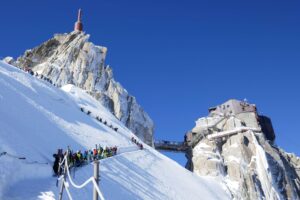
The top station of the Aiguille du Midi cablecar has a spectacular panorama of Chamonix, the Mont Blanc and the Mer De Glace glacier. It’s the access point to high elevation glacier skiing the world famous Vallée Blanche. Majestic Mont-Blanc, one of the world’s natural wonders dominates the area.
How skiing came to France; did you know?
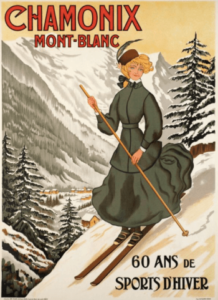
Skiing had come to Italy via Switzerland since about 1895. The natural thing for France would have been to copy the neighboring Italians. They went to the source instead, they wanted a missionary from Norway and in November 1902 one such providentially dropped in. A junior Norwegian army lieutenant called Herman Schultz that wanted to visit France as a ski instructor in order to get out into the wider world an learn French. Later two more officers where sent to France and they started a ski school to teach the French soldiers. Those soldiers showed a legendary marching ability and could accomplish to march up to 50 or 60 km a day on skis without really being worn out. They sometimes started at 4a.m. and didn’t return until 8p.m.
The ski school was so exhausting, both for teachers and the taught, that it only ran from Monday to Thursday, with the rest of the week free; for the French soldiery at any rate. On Friday and Saturday, the Norwegians were expected to teach the officers and on Sundays, their wives. The Colonel’s lady was particularly keen. The two instructors would support her on each side and she was wearing a hat and veil! …”Suddenly her skis broke trough the crust, and we ran on, but in confusion. It was not a dignified regimental commander’s wife who got her feet, covered in blood, with hat awry and tattered veil. Afternoon tea with her was cancelled. We didn’t see her for 14 days.”
